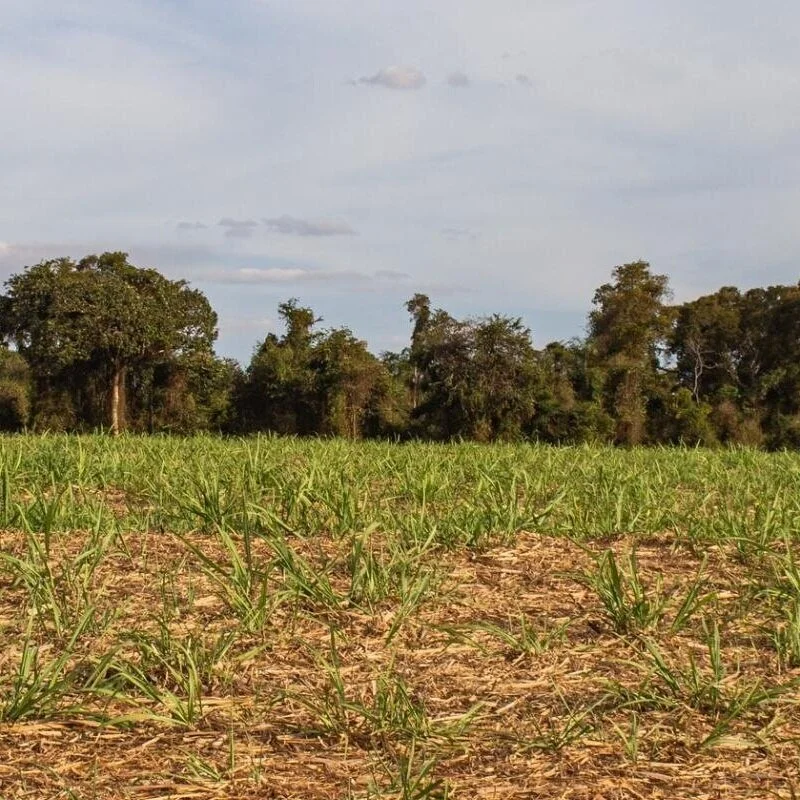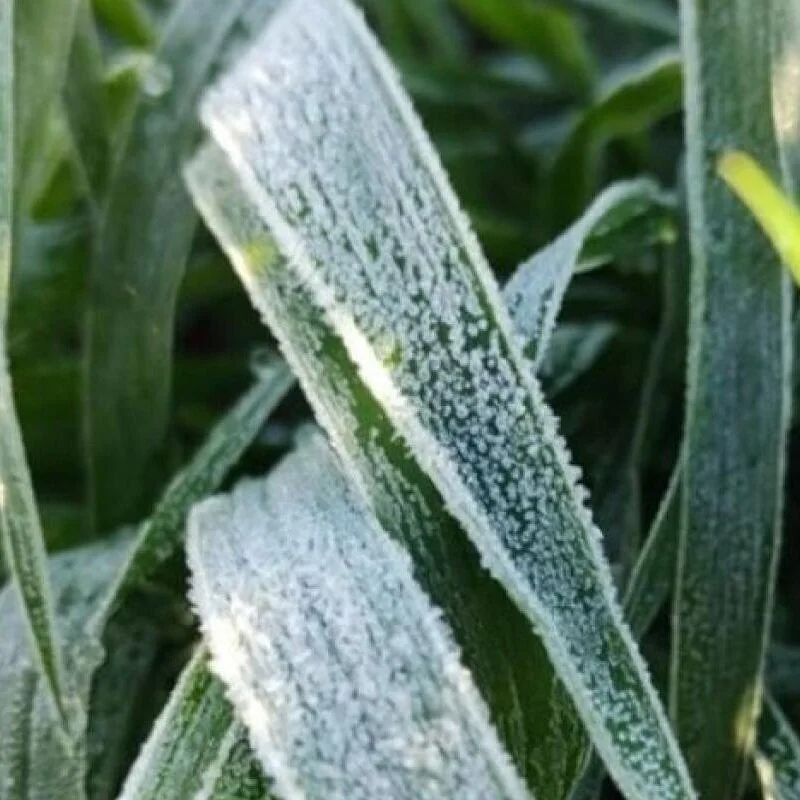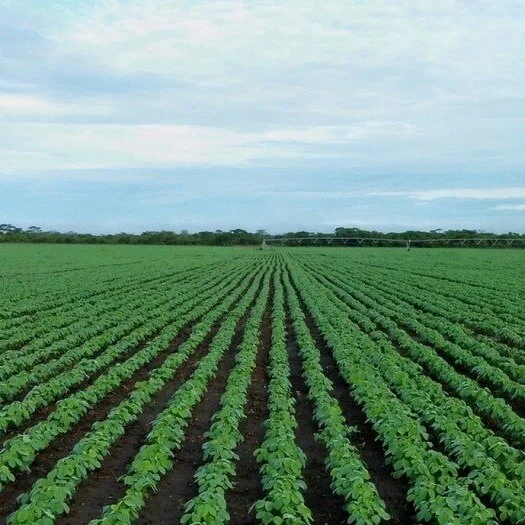While some early corn is starting to be harvested in the state, some of the crop is still at the R5 growth stage (dent). After looking at several fields and speaking with consultants and extension agents, corn maturation has been slower than usual this year due to moderate temperatures, high humidity, and high rainfall amounts.
Read MoreHow will this year’s weather conditions affect crop production? The Monthly Agricultural Yield Survey conducted by the U.S. Department of Agriculture’s National Agricultural Statistics Service (NASS) will survey U.S. farmers beginning July 30, 2021, regarding yields of the major row crops and hay, as well as hay stocks throughout the growing season across the United States.
Read MoreChina is likely to take a break from buying large amounts of U.S. corn after record purchases this year because the domestic harvest is approaching and local prices have slumped to the cheapest since late 2020.
The world’s largest importer has already bought more than 10.5 million tons of U.S. corn for the 2021-22 marketing year, and over 23 million tons for the current season, U.S. Department of Agriculture data show. Total imports next year will likely be 20 million tons, according to the USDA’s Foreign Agricultural Service, while the USDA’s official forecast for this year is 26 million tons.
Read MoreA three-day frost that took place last week in the South Western states of Brazil in Parana, Mato Grosso do Sul, Sao Paulo, Brazil, as well as Paraguay, are leading to lower corn yield projections.
Yield losses directly related to the frost are difficult to estimate, but according to Corteva, corn plants are extremely sensitive to frost, depending upon what stage they are in. Yield loss can reach as high as 66% in R4 stage. Most corn in Parana was in the R5.5 stage, where yield loss could reach 10%. Corn needs to reach R6 before it can withstand damage from frost.
Read MoreA mass of cold air has hit Brazilian regions where safrinha corn (second crop corn) is produced, and although it is early to say because the frost just happened this Monday and Tuesday, producers are indicating that at least 50% of the production is suffering - some farmers even risk saying yield losses of 70% to 90%.
The mass caused a strong frost to arrive in the mid-south region of Brazil. Frost formations like these have not been seen in the country for a long time. Such weather also damaged coffee and sugar cane productions in São Paulo, Mato Grosso do Sul, and Paraná.
Read MoreWith high commodity prices, this is not the year to take the season off from scouting. Even if your corn was planted late, agronomists say you should continue scouting throughout the entire season.
“There may still be some things you can do this season to protect yield potential,” says Dave Nanda, director of genetics for Seed Genetics Direct. “If insects come in during silking in big numbers, or if diseases come in late, you must be ready.”
Read MoreThe U.S. Justice Department intervened in a large sale of grain elevators from one company to another, citing concerns about the impact on cash grain market competition.
Zen-Noh Grain Corp, a subsidiary of the National Federation of Agricultural Cooperative Associations of Japan, reached a $300 million deal to buy 35 operating and 13 idled grain elevators from Bunge North America last April.
Read MoreBig speculators weren’t the only force driving corn futures a dollar or more off their highs in May. But these so-called hedge funds certainly helped accelerate the downturn over the last two weeks, trimming bullish bets by more than 95,000 contracts worth some 475 million bushels.
Still, these professional gamblers may not be the real force behind corn’s ups and downs in 2021. Their net long positions actually peaked way back in January, just after nearby futures topped $5 for the first time since 2014.
Read MoreYou know fungicides return more dollars per acre on your investment if there is significant disease pressure, especially with susceptible hybrids. Jason Gahimer, manager of Beck’s Practical Farm Research, says there are other ways to increase the likelihood of a higher yield response and better return on investment when applying fungicides.
His team examined these practices in PFR studies. They include selection of the right fungicide, proper timing of application vs. growth stage of corn, obtaining adequate coverage and applying at the best time of day.
Read MoreChina was back buying U.S. ag goods to start off the week, sending some mixed messages as the buys also came with cancelations.
USDA confirmed on Monday China purchased just over 1 million metric tons of new crop corn, but USDA also announced the country was canceling a buy of 280,000 metric tons of old crop corn.The major buy came on the heels of Beijing buying up 1.36 million metric tons of new crop corn last week.
Trade sources are also reporting China was buying corn from Ukraine and Canada for new-crop delivery last Friday.
Read MoreThe May World Agricultural Supply and Demand Estimates gives the first look at the newest marketing year demand expectations since the USDA Agricultural Outlook Forum in February. This is the highlight of spring USDA reports as it incorporates farmer planting decisions from the March Prospective Planting report and adapts supply estimates to reflect weekly planting progress reports. The big story leading up to this report is rising prices due to the increased global demand for U.S. commodities. This Market Intel dives into the May WASDE for updated estimates of the current 2020/21 marketing year crop and assesses what could be in store for the newest 2021/22 marketing year, which starts in September.
Read MorePlanting season for area crops has been “hit and miss” due to uncooperative weather, said Carol Pinnell-Alison, LSU County Extension agent.
With corn planting season complete, farmers are busy fertilizing and performing weed control between rain showers on the crop.
Area farmers planted some 98,000 acres of corn last season, up from the previous year’s total of 72,000, according to Farm Service Agency (FSA) certified acreage numbers.
Read MoreWith recent rallies in May 2021 futures, the price for a nearby corn contract soared to the highest level since June 2013. A combination of fundamental factors has fueled the recent surge including strong ethanol margins, record U.S. corn exports and ongoing dry weather in key corn growing areas of Brazil.
Read MoreUp. Up. Up. May 2021 corn futures topped $7 per bushel on April 27. A look at the corn price chart shows a dramatic and consistent climb higher. You can find multi-year highs in many ag commodities.
“These are one of those times that come along generally once every 30 years or so when the markets just really take off,” says Arlan Suderman, StoneX chief commodities economist. “And we just went through this about 12 years ago or so.”
Read MoreSeptember rice futures continued higher this week along with the rest of the CBOT grains. The graphs below illustrate the price trends for the major grains since March 30, 2021. New crop corn, wheat, and soybeans have all added over $1/bu following the NASS Prospective Plantings report released on March 31.
Recall the findings from the survey resulted in limit moves higher in corn and soybeans. Corn futures have caught fire this month as estimates of Brazil’s production continue to fall. From a relative price standpoint, soybeans are losing the acreage battle to corn.
Read More














